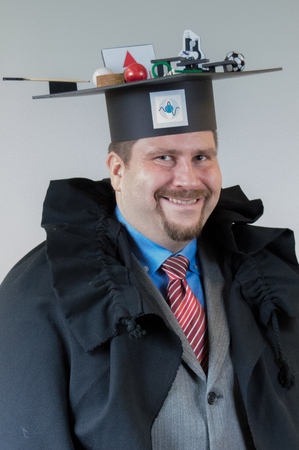Simon Schöll
Cell Culture Monitoring with Novel Bright Field Miniature Microscopy Prototypes
Abstract
Cell cultures are monitored to develop new drugs, to find efficient ways to produce vaccines and to perform toxicity tests. The cells are cultivated in an incubator and the monitoring steps such as the acquisition of images and the counting of cells are often done outside. As part of a research project, novel bright field miniature microscopy prototypes were developed. These prototypes were designed to work inside the incubator, and hence, they need to be very small. In this thesis, image processing methods for these systems (at different development stages) are presented. These methods made the systems usable for cell monitoring in an incubator. This is a main contribution of the thesis. Our analyses of the system and its components helped to improve the development of the systems. A calibration procedure and algorithms for adjusting the illumination and the focus position of these systems are introduced. Moreover, the proposed preprocessing steps such as illumination correction and contrast enhance ment improved the image quality. An image processing library and a cell monitoring software u sing the library were developed. An algorithm for counting cells in images of the prototype system was included in the image processing library. Features for viability determination were investigated and also included in the library. Another main contribution is related to all bright field microscopes. They have the following effect in common: Focusing of very thin (phase) objects differs from focusing of objects that are thicker and less transparent for light. This effect is investigated in detail, explained, and the calculation of different useful focus positions for phase objects is derived. The optical focus position can be used for applications such as phase retrieval. Slightly defocused cell images with a maximum in contrast at small details can be useful for applications such as cell segmentation or cell analysis. Strongly defocused cell images with a maximum in contrast for the cell borders can be used for applications such as cell detection.
